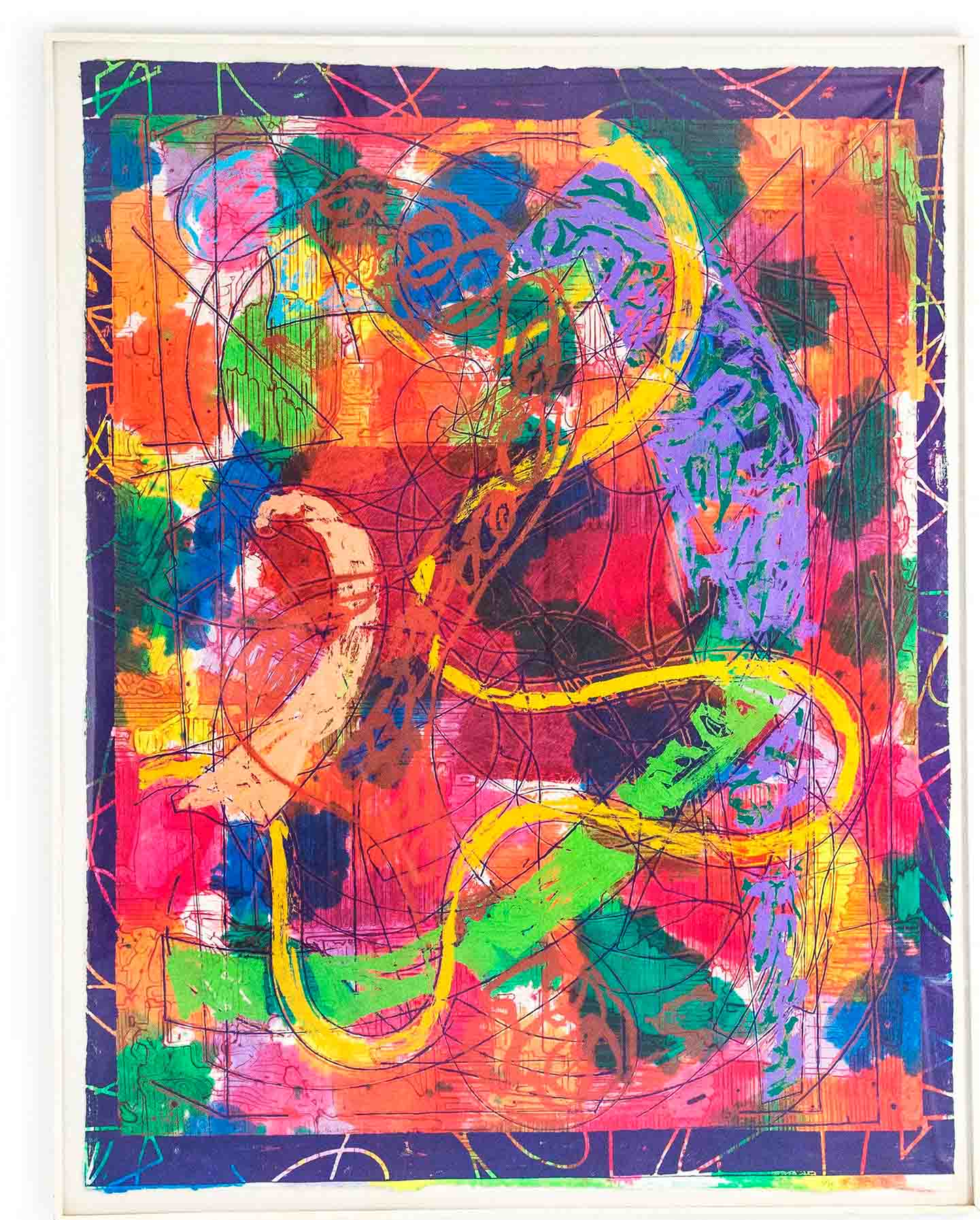FRANK STELLA


Frank Stella is an Italian American painter and printmaker, whose work is recognized in the “post-painterly abstraction” art movement. His early works showcase many elements of minimalism, which is why he is also considered by some as a minimalist, although most of his later artworks do not strictly follow minimalism. He is best known for his use of geometric patterns and shapes in creating both paintings and sculptures. Stella is arguably one of the most influential living American artists: his works utilize the formal properties of shape, color, and composition to explore non-literary narratives.
Born on May 12, 1936, in Malden, MA, Stella went on to study history at Princeton University before moving to New York in 1958. Having moved to the city, Stella was immersed in the heyday Abstract Expressionism, but it was the work of Jasper Johns that inspired Stella’s Black Paintings of 1958-1960.
Stella’s art was recognized for its innovations before he was twenty-five. In 1959, several of his paintings were included in Three Young Americans at the Allen Memorial Art Museum at Oberlin College, as well as in Sixteen Americans at the Museum of Modern Art in New York (1959–60). Stella joined dealer Leo Castelli’s stable of artists in 1959. In his early series, including the Black Paintings (1958–60), Aluminum Paintings (1960), and Copper Paintings (1960–61), Stella cast aside illusionistic space for the physicality of the flat surface and deviated from the traditional rectangular-shaped canvas.
Today, Stella’s works are held in the collections of the Metropolitan Museum of Art in New York, the Kunstmuseum Basel, the Art Institute of Chicago, the National Gallery of Art in Washington, D.C., and the Tate Gallery in London, among others.

